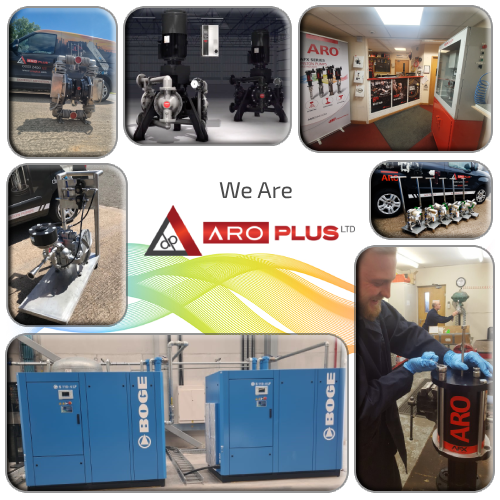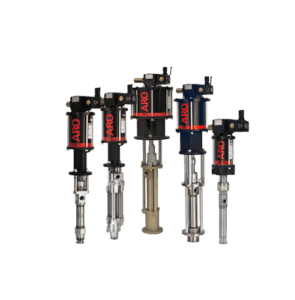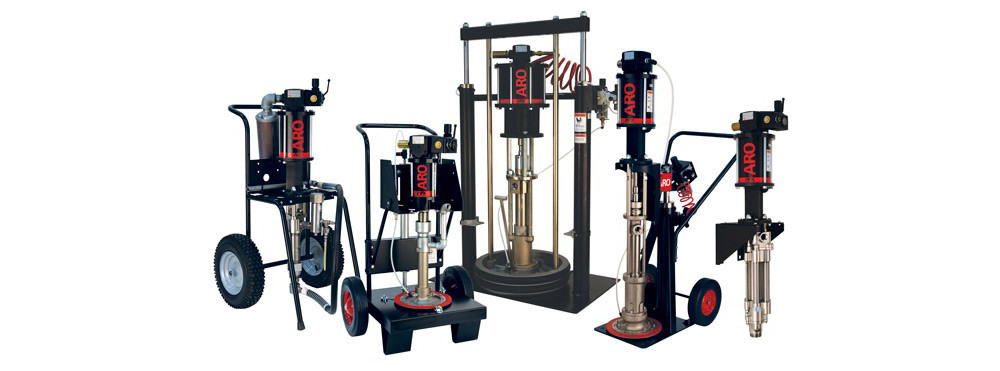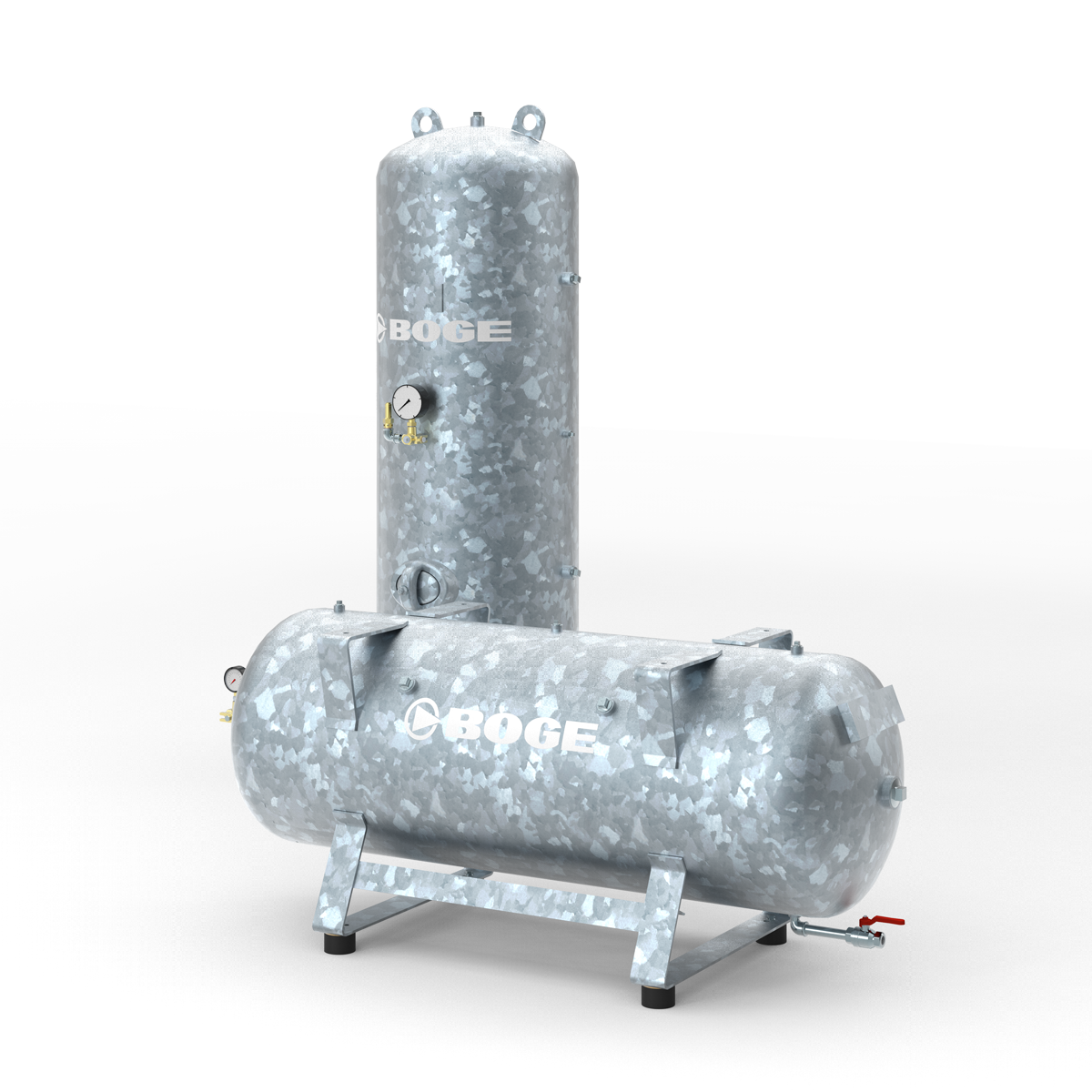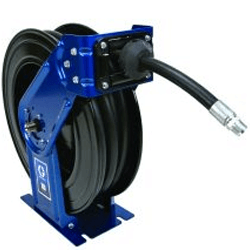Pumps
How does a Submersible Pump Work

How does a Submersible Pump Work
Discover the inner workings of a versatile and reliable submersible pump, designed to transport water effortlessly in a variety of applications.

Definition of a Submersible Pump
Underwater Operation
A submersible pump is designed to operate fully submerged in water, unlike surface-mounted pumps.
Efficient Fluid Transfer
It is used to efficiently transfer liquids, such as water, sewage, or slurry, from one location to another.
Robust Construction
Submersible pumps are built with durable materials to withstand the pressures and corrosive environments they operate in.
Key Components of a Submersible Pump
Motor
The electric motor powers the pump and is designed to operate while submerged in water.
Impeller
The spinning impeller creates suction, drawing in fluid and generating the necessary pressure for pumping.
Casing
The watertight casing protects the internal components and allows the pump to function underwater.
Principle of Operation
Intake
The submersible pump draws in fluid through the intake port at the bottom of the unit.
Impeller Rotation
The motor turns the impeller, creating a centrifugal force that pushes the fluid upwards
Discharge
The fluid is expelled through the discharge outlet at the top of the pump, ready to be transported.
Advantages of Submersible Pumps
Energy Efficiency
Submersible pumps operate entirely underwater, reducing energy losses and improving overall efficiency.
Space-Saving Design
The compact, self-contained design of submersible pumps allows for easy installation in tight spaces.
Reduced Maintenance
Submersible pumps are less susceptible to environmental factors, leading to lower maintenance requirement.
Reliable Operation
The robust construction and watertight enclosure ensure reliable and long-lasting performance.
Applications of Submersible Pumps
Water Removal
Pumping out flooded basements, swimming pools, or other water-logged area’s.
Sewage Treatment
Handling the transfer of wastewater and sludge in sewage treatment facilities.
Construction Sites
Dewatering construction sites and excavation projects to keep the work area dry.
Agricultural Irrigation
Providing reliable water supply for crop irrigation and livestock watering.
Maintenance and Troubleshooting
Regularly check the pump for any debris or obstructions, and clean the intake screen to ensure optimal performance.
Any unusual noises or excessive vibrations could indicate a problem with the motor or impeller, requiring immediate attention.
Inspect the power cable, connections, and control systems to ensure the electrical components are functioning correctly.
Safety Considerations
Electrical Hazards
Ensure proper grounding and use waterproof connections to mitigate the risk of electrical shocks.
Confined Spaces
Take necessary precautions when working in confined or poorly ventilated areas where submersible pumps are installed.
Handling and Lifting
Use appropriate lifting equipment and techniques to avoid injury when moving or installing heavy submersible pumps.


